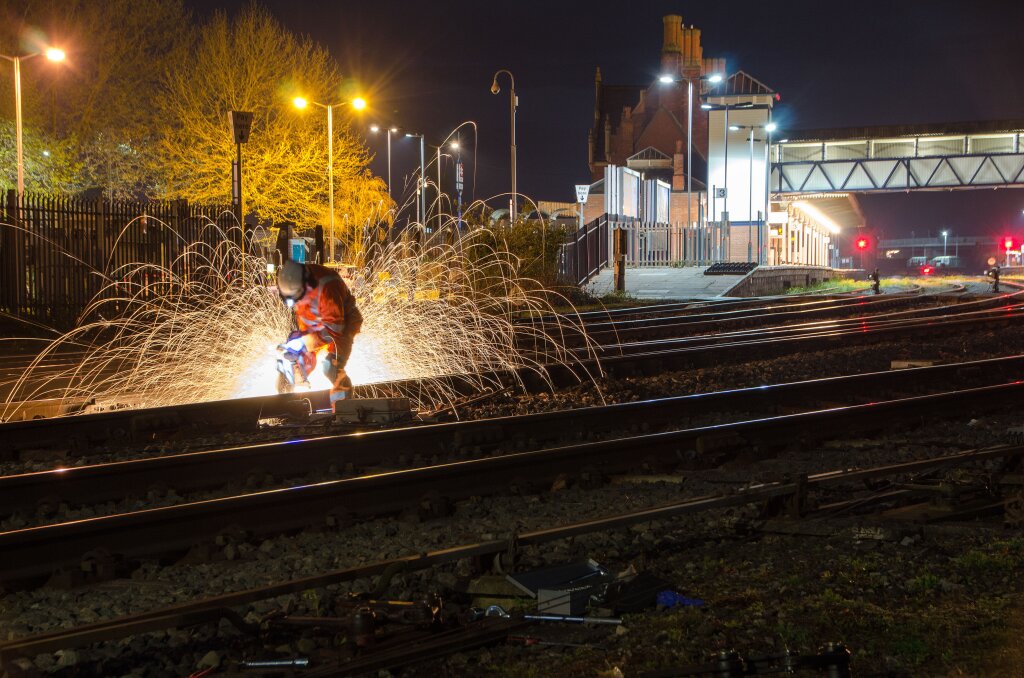By Simon Sapper, Unions 21 Trustee | 3 min
“Our real fear is that the government will use Brexit as the opportunity to water down health and safety.”
So said Tom Jones, Head of Policy at union-friendly (and Unions 21 stakeholder) law firm Thompsons in opening a recent exhibition at The People’s History Museum in Manchester showcasing the finalists in a nationwide competition sponsored by the law firm on the theme of the importance of health and safety.
The competition drew a very respectable 50 entries, with a “top 12” sharing prize fund of £5000.
I really like this idea, and full credit to Thompsons and the Peoples’ History Museum for seeing it through to completion. I think we can all agree that the winning entries are each uniquely evocative. Christopher Draper’s railway maintenance worker says it all: dangerous work because of what it is as well as where it is being done, at night, and in a safety critical environment. And you’ve a harder heart than mine if you can look for long at Michael Hall’s second placed entry.
But it is not just the power of images to cut through whereas words can be blunted. The value and importance of this initiative works on a number of reinforcing levels.
First, using the museum as a host for the exhibition extends its reach. Hopefully it will also have pulled more visitors in, exposing them to the many other exhibits housed there. (And if you haven’t visited yet, you really should!).
Second, that ability for images to touch where words can’t? That is especially important in these two hard-to-reach, deliberately misconstrued subjects of health and safety and Brexit.
Third, it is crucial to encourage creativity. That is because too often talent is not given an opportunity to flourish and countless opportunities to tell our stories or display our values are lost or stymied. Establishing the competition, and the exhibition and the prize fund gives room to breathe, as it were.
Fourth, the whole operation has been media-savvy and digital-friendly. You don’t have to go to Manchester. You can access the art and the supporting material on line through the web, and channels such as YouTube. Having said that, Thompsons and their media advisers (Freshwater in this instance) have run a smart game, as the level of coverage demonstrated.
Fifth, this is portable. There is nothing more than a little logistical focus preventing the exhibition travelling across the UK. In terms of engagement – you might call it outreach or even organising - it ticks the boxes.
Having said that, wouldn’t it be great to upscale our thinking on this. Why not have this exhibition, or something akin to it, in one of our big national museums, like the V&A. Or in big retail outlets, or the display space on the balcony at London’s Waterloo Station, with its multi-million footfall.
That is aspirational. But it is no exaggeration to say that both as citizens and trade unionists; we are living now in something of a maelstrom of increasing intensity at present. The fundamental challenge is to make sure the union voice is front and centre of the debate - on Brexit, on safety, on appropriate regulation. The Manchester exhibition reminds us of why that is important and that there are many roads to the same destination.
You can see other entries as well as interviews with the photographers and colleagues from Thompsonshere.


